A Study on the Efficiency of Audio Logo
Over the years, sound production has increased considerably (especially thanks to the development of home studios). Listening to music has also become part of our daily lives with the rise of music streaming platforms such as Spotify, Deezer or even Soundcloud.
To be part of this musical consumption trend, brands are developing their sonic branding and creating an audio logo.
This dimension of the brand is new for many marketers. Several questions are raised: What is an effective audio logo? What factors influence the success of a musical signature?
Veritonic, an American company specialized in audio-branding analysis, tried to answer this question through a study.
🔎 The Study’s Methodology
The study begins in November 2017 with more than 1,000 participants across the United States and the United Kingdom.
Veritonic asked participants to describe their emotions as they listened to the audio logos. They were also asked about other feelings and associations evoked by the music, including the brands they may associate with the audio logos.
Then, 48 hours later, they were contacted to see if they remembered the audio logos. Here are some interesting facts from this study.
Find the full article on : www.blog.veritonic.com
🎼 Audio Logo Melody : an important factor
One of the most striking results comes from the study of the structure and tonality of audio logos.
An audio logo with a clear, well pronounced, and easily identifiable melody will perform better (e.g. the Intel logo) than an audio logo consisting only of sound design and FX (e.g. the Audi logo).
As the graph shows, melodic audio logos obtained an average of 74, while those using sound design only obtained an average of 56.
More specifically, there is a big difference in terms of memorability, depending on the melodic dimension of the sound signature. Brands using a melodic logo recorded a memorization score of 81 in the United States and 80 in England, against 49 and 43 for non-melodic logos.
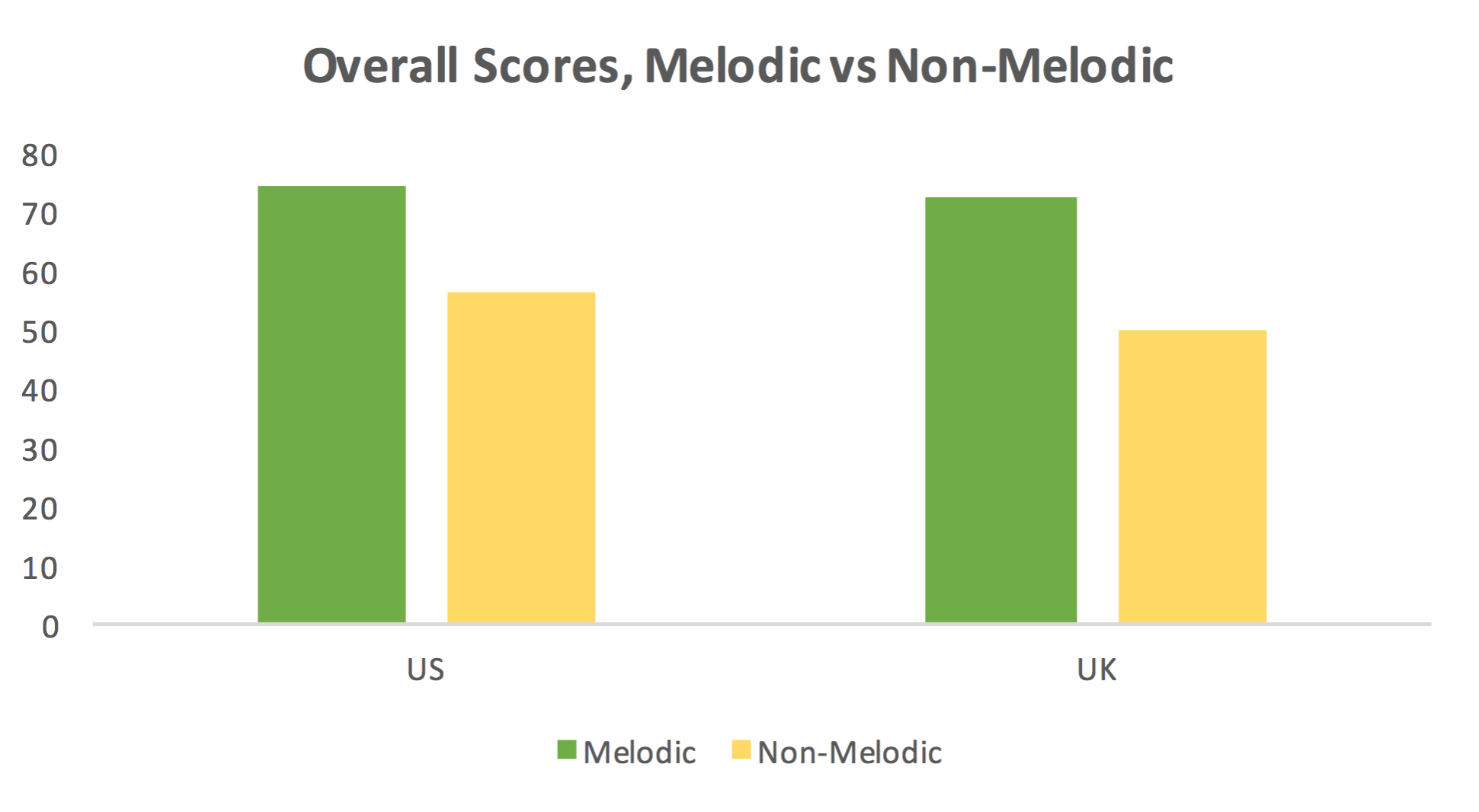
©️2017 Veritonic. Source: Veritonic 2017 Audio Logo Survey
🗣️ Verbal VS Non-Verbal Audio Logos
Another criteria for analysis was whether the audio logos were verbal (including words) and whether they used the brand name in the jingle.
The study showed that sound signatures using words outscored those not using words by an average of 10 points.
Also, logos mentioning the brand name have on average a score of 10 points higher.
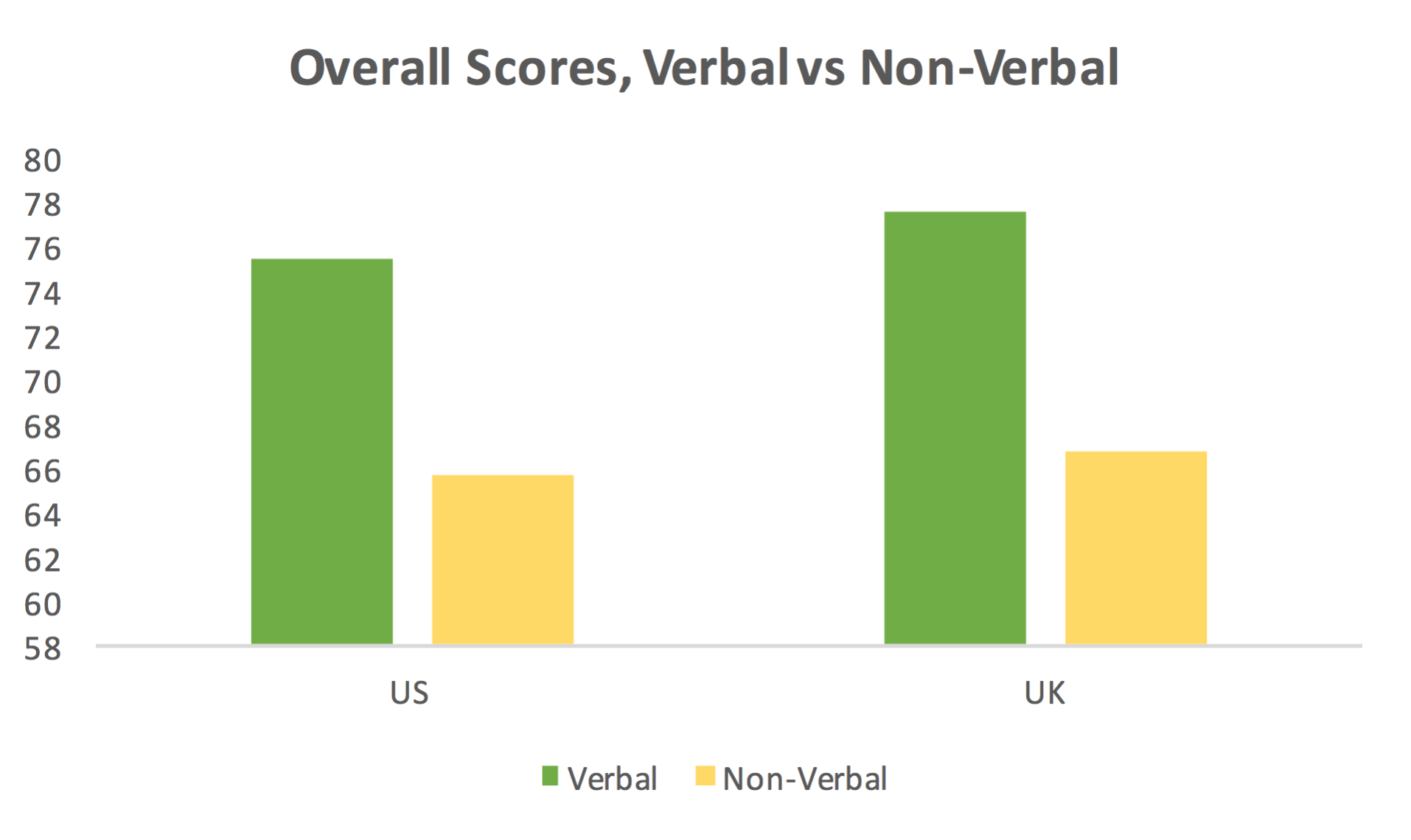
©️2017 Veritonic. Source: Veritonic 2017 Audio Logo Survey
⭐ Licensed Titles VS Original Compositions
The notable difference between the U.S. and the U.K. is the power of some U.K. brands in using licensed titles for their audio logos.
For example, Flash, a P&G brand cleaning product (sold in the U.S. as Mr. Clean), skyrocketed in the U.K. by re-interpreting « Flash’s Theme, » the theme song from Queen’s 1980 film Flash Gordon.
Conversely, in the U.S, brands have relied heavily on original compositions to reinforce their audio brand. Some of these factors may be driven by licensing costs.
🏭 Audio Logo Score by Activity Sector (US)
Financial Sector : A Mastered Audio Branding
In the U.S., the sector gathering the most effective audio logos was financial services, specifically insurance companies. This sector slightly surpassed that of technology, reversing the trend from the 2016 study.
We can also find the automobile parts sector with for example AutoZone or O’Reilly Auto Parts. These two brands are typical examples of the powerful audio logo – melodic and verbal.
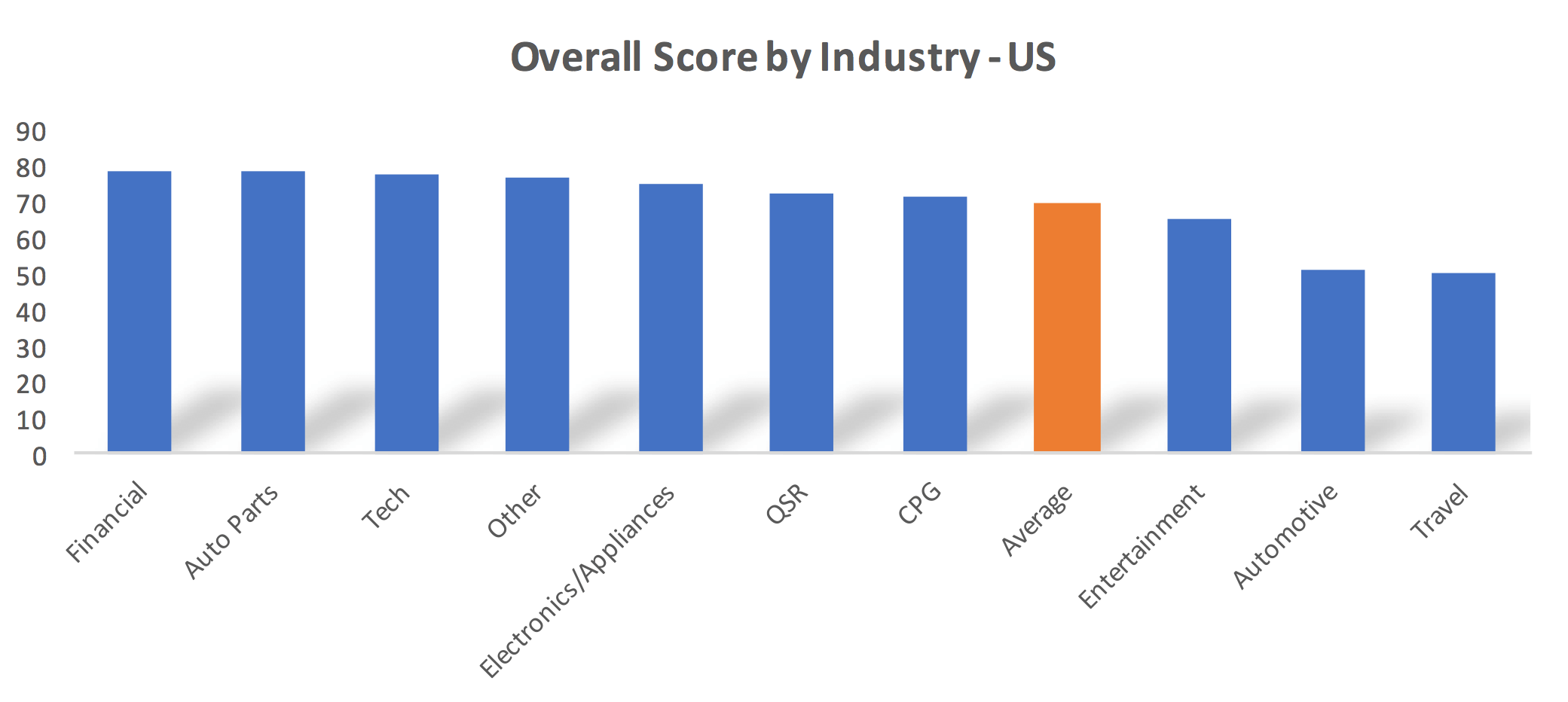
©️2017 Veritonic. Source: Veritonic 2017 Audio Logo Survey
Entertainment that is Not Really Engaging
The relatively weak performance of the entertainment sector (Netflix, HBO, Playstation, Xbox) represents a surprise in the ranking.
In the case of Netflix, users are still waiting for their series intro rather than the brand’s audio logo. It’s as if these jingles have the quality of a punctuation mark, which means they need additional content to make them relevant or memorable.
It’s also probably because they don’t follow the best practices. As Lauren Nagel of Pandora points out, « they have a ‘hybrid’ sound, using a non-tonal sound effect (a percussive beat for Netflix) and followed quickly by a single tone. »
The Unconvincing Automobile
Where there are leaders, there must also be latecomers. Again, the underperformers are all the car manufacturers. What is intriguing to note is that automobile sound signatures performed poorly in two geographically distinct markets : the United States and the United Kingdom.
💰 The Marketing Spendings : Obvious but not Essential Success Factor !
The results confirmed that the marketing spendings generally make a big difference mainly in radio and TV. The most successful brands are those that have a consistent marketing budget to have themselves heard/to be heard, which is quite logical !
In fact, in the US, the 3 top audio logos are also in the top 100 US brands to communicate on TV. Also, 2 logos in the top 10 belong to brands that are present in the top 100 radio advertisers.
However, in the long term, a jingle can score very well without requiring a huge marketing budget. What matters is repetition.
This is for example the case of Pearl & Dean’s signature in the United Kingdom, which has the best score in the UK ranking. It has existed since 1968 and has not been the object of any specific marketing expenses. However, it precedes numerous ads in cinemas, which favors its repetition with the public and plays an essential role in its success.
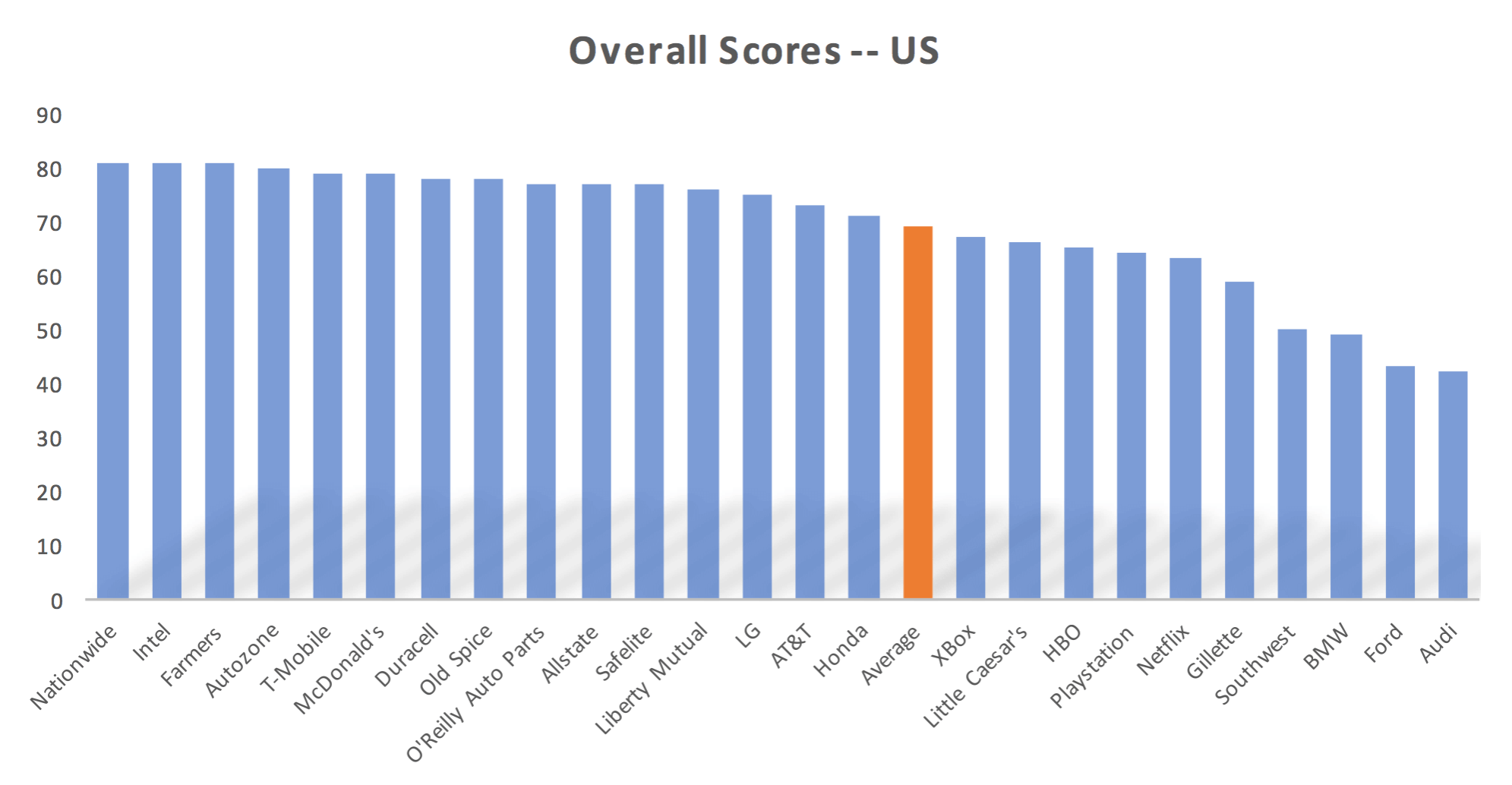
©️2017 Veritonic. Source: Veritonic 2017 Audio Logo Survey
🏆 US and UK Audio Logos Ranking
After gathering all these results, Veritonic made a list of the best jingles. Here are the US and UK top 3.
TOP 3 US
TOP 3 UK
Need to create an audio logo ?
Getasound conveys your brand into music and connects you with the best composers to develop your sonic branding.
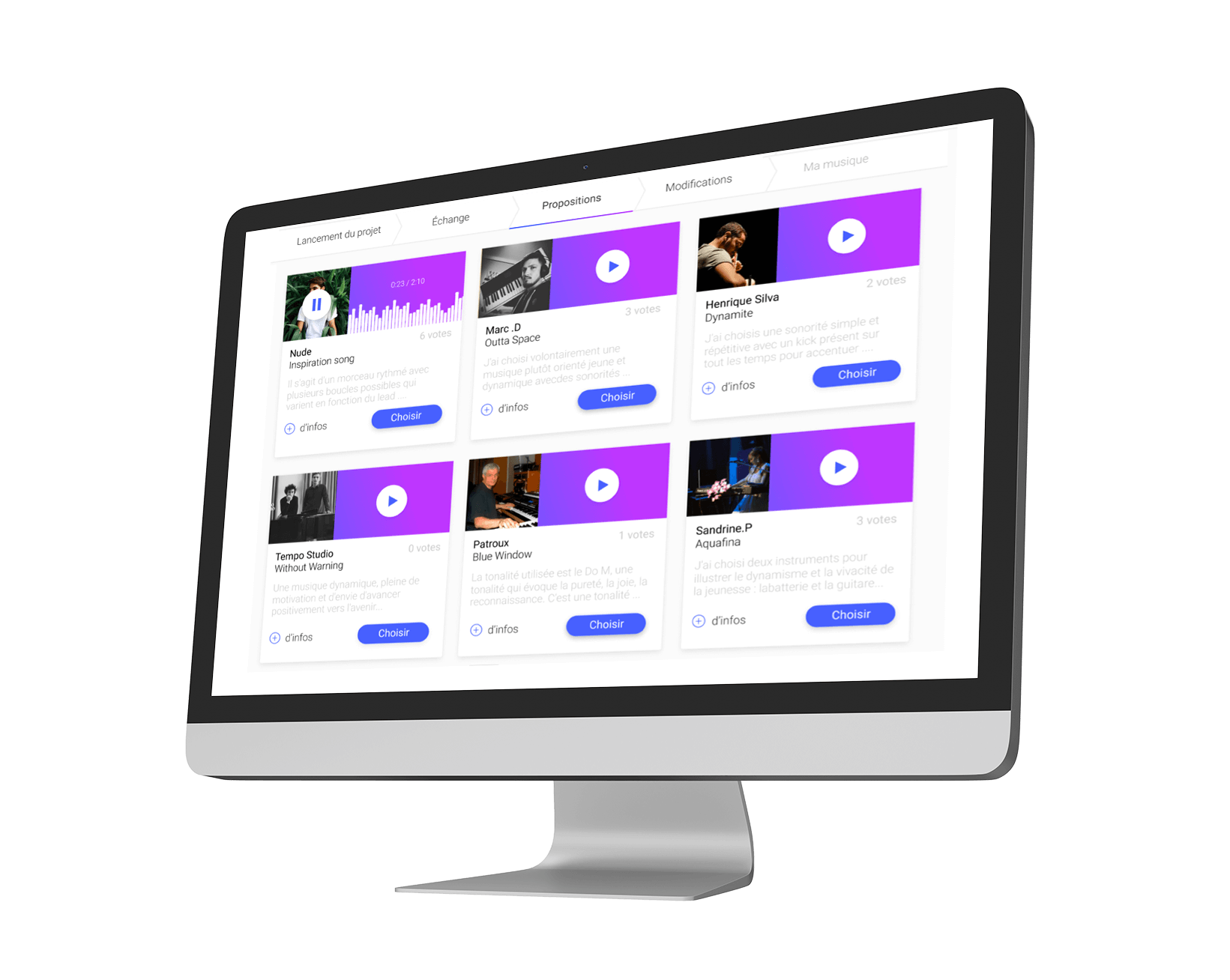
More articles :

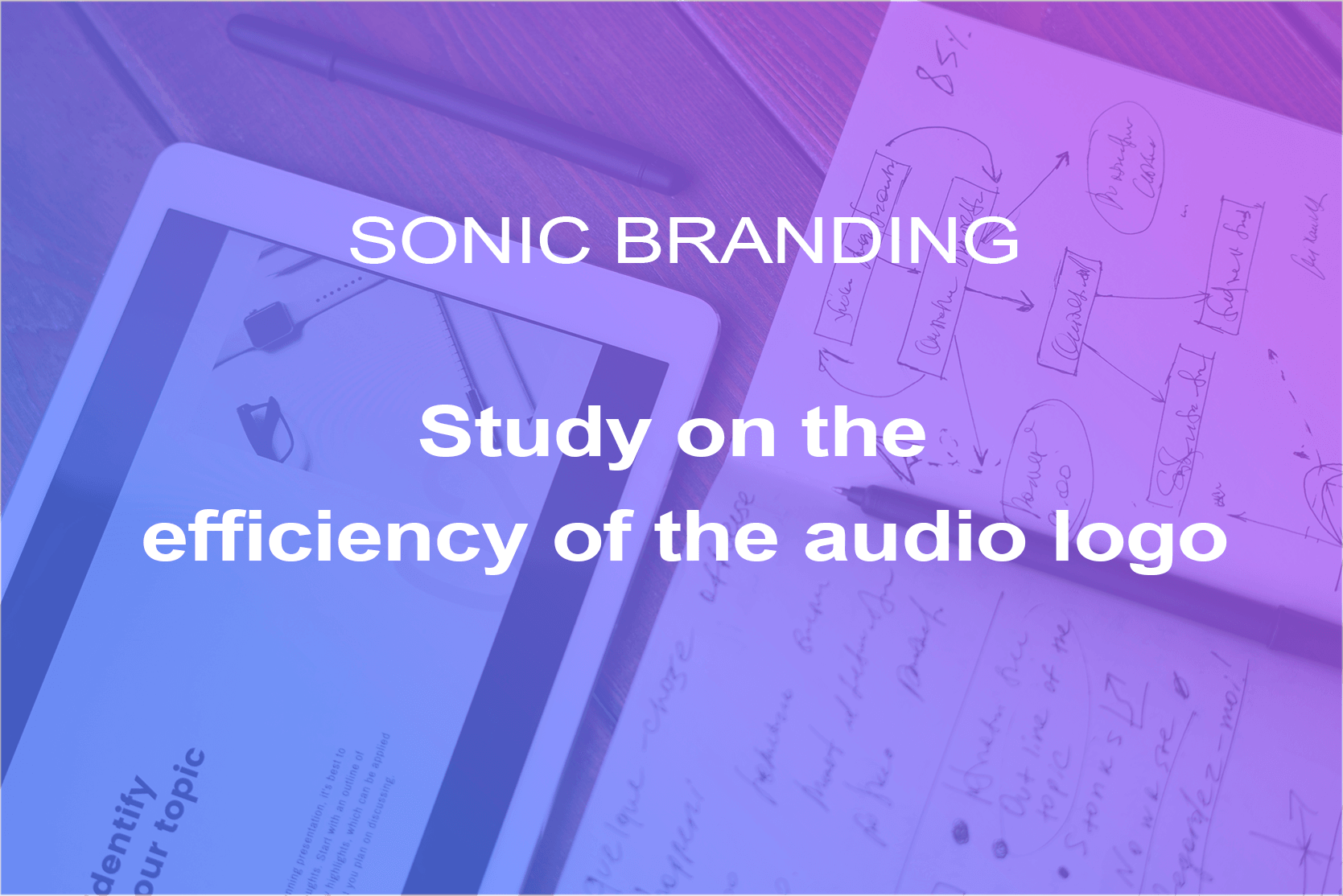




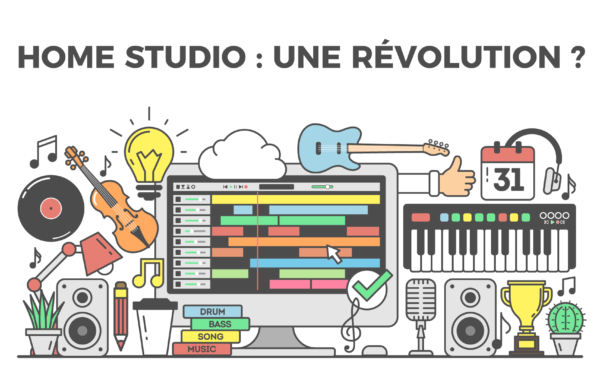
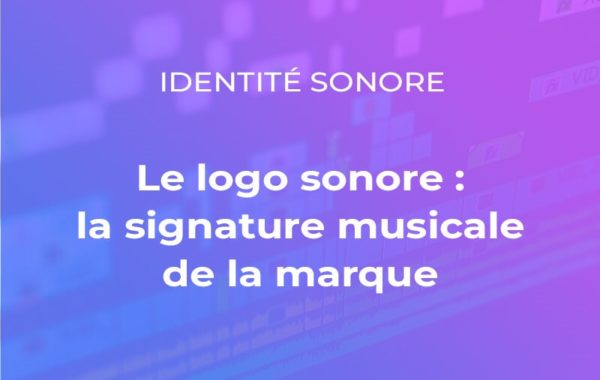
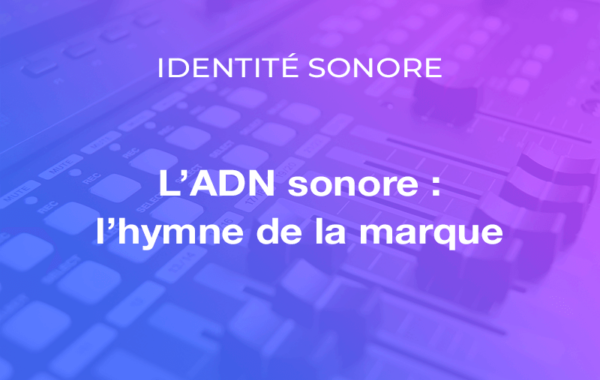
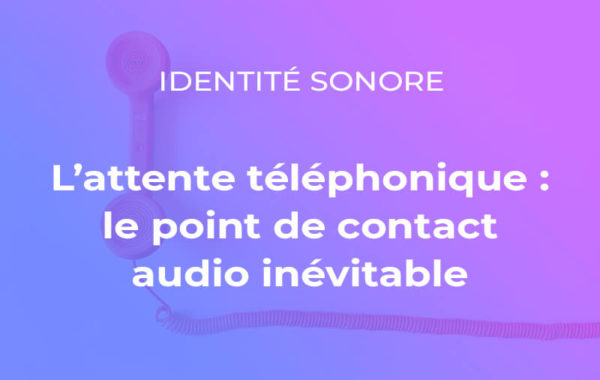
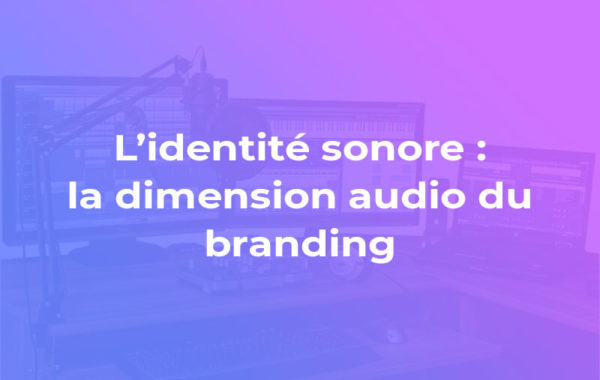
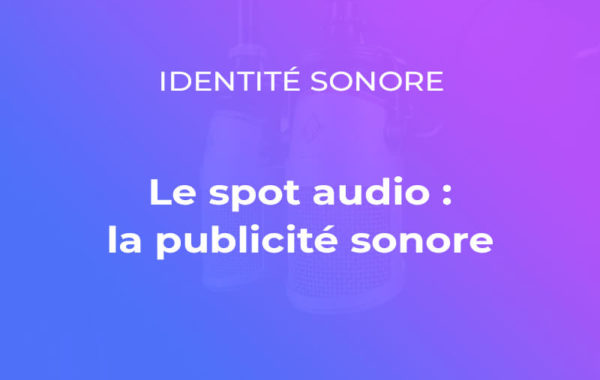
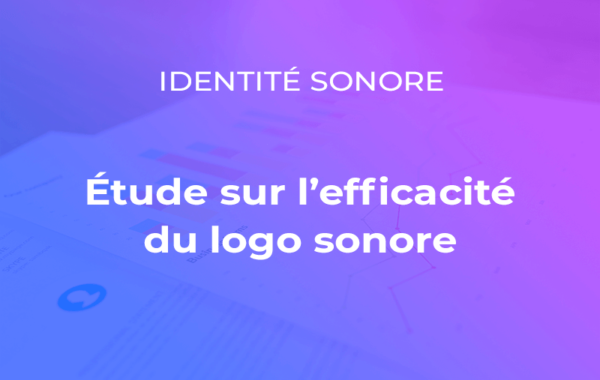
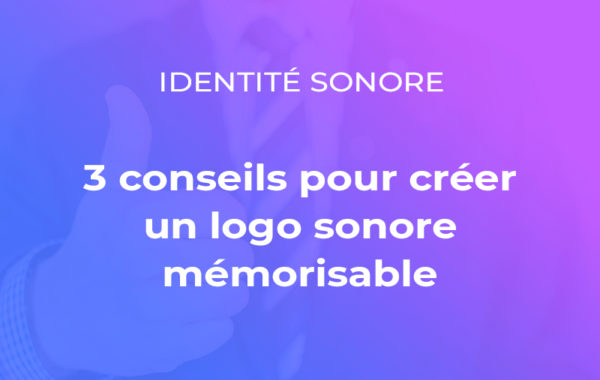
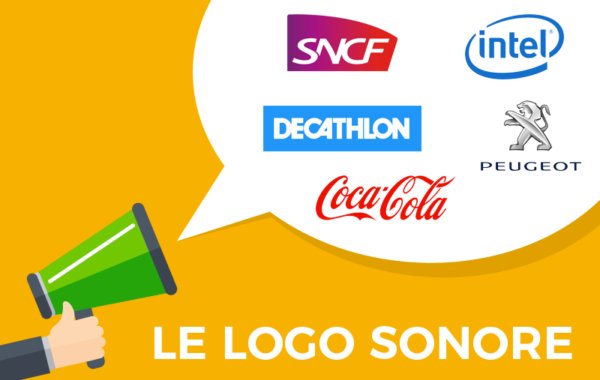
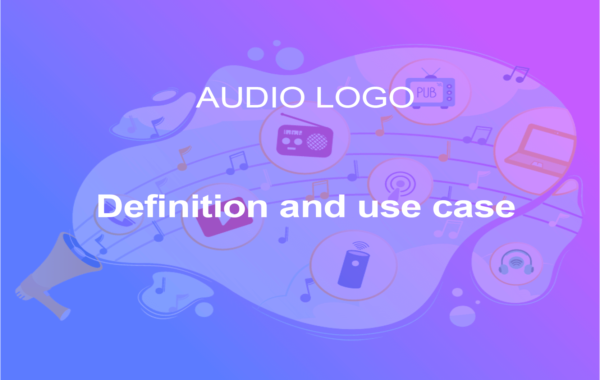
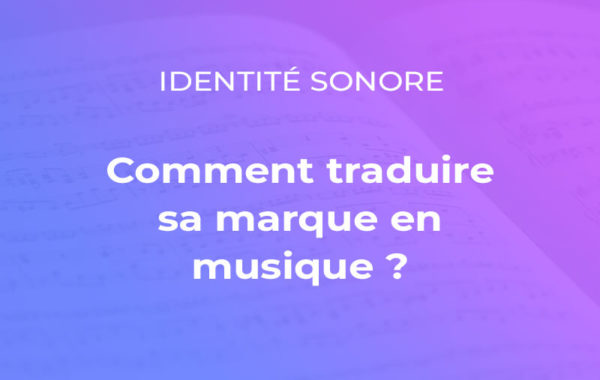
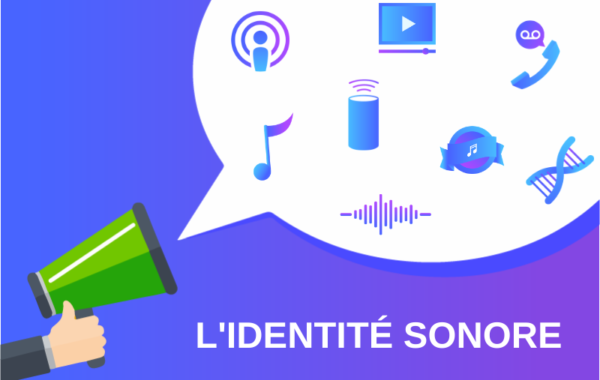
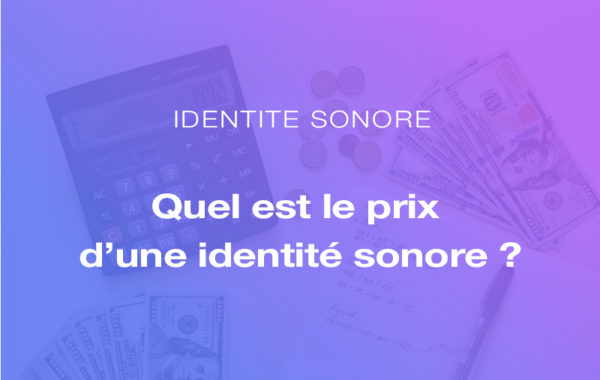
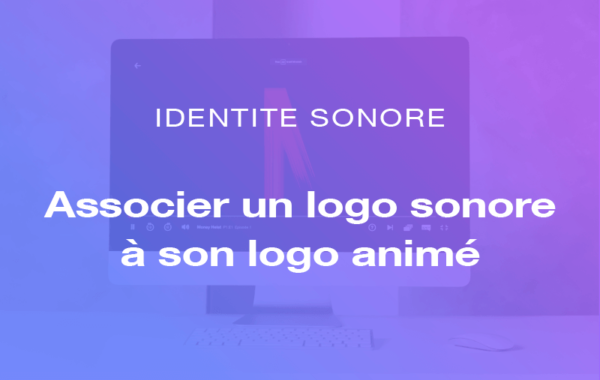
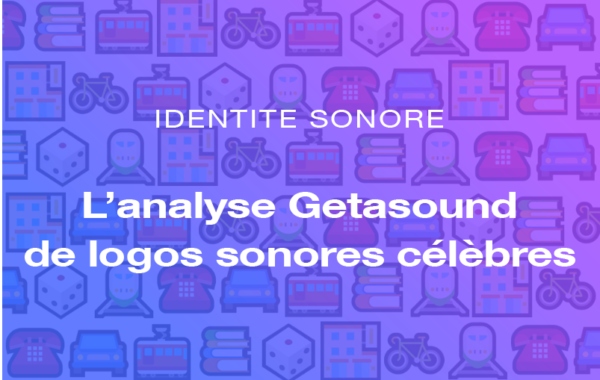
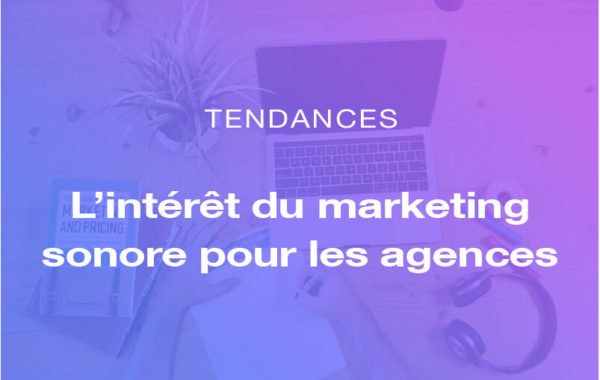
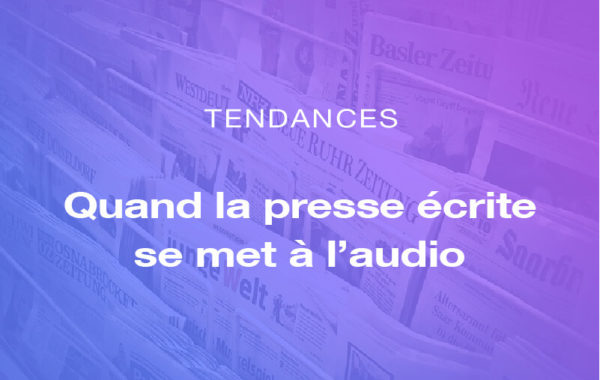
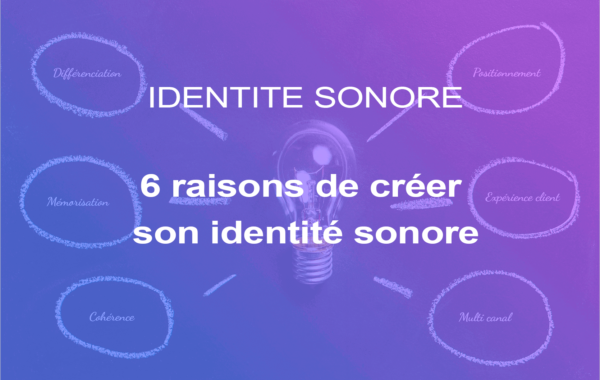
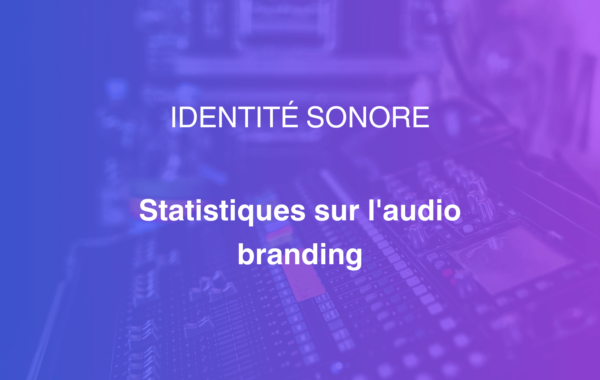
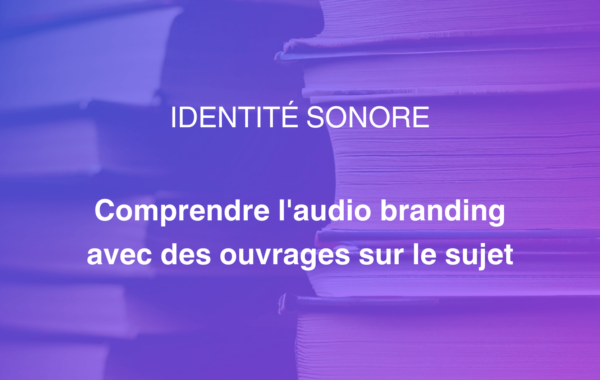
Leave A Comment